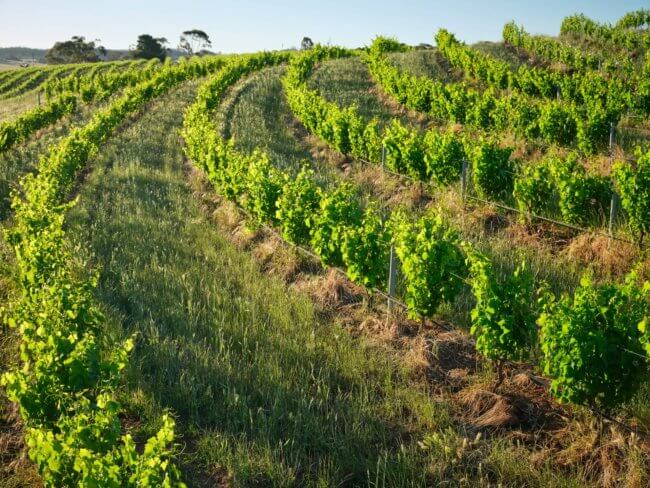Yalumba – The Tri-Centenary Vineyard, Barossa Valley
The hero of the ‘The Tri-Centenary Vineyard’ is 1.12 hectares of 820 gnarly bush vines of grenache. Planted in 1889, the oldest vines are 135 years of age, and with further plantings in 2003 and 2016 across the 18-hectares, the average vine age is over 50 years, with around 15-hectares comprising of grenache, and a further speckling of shiraz and grenache blanc vines. Cuttings from these vines support Yalumba Nursery’s propagation of select vine material. The vineyard features deep, sandy loam layers underlain with red-brown clay. With careful management, dry grown vines on these soils can consistently produce outstanding quality fruit. A handful of wines are made from this vineyard, the most esteemed of which is the ‘Yalumba Tri-Centenary Grenache’.










